Deck & Commander Strategies
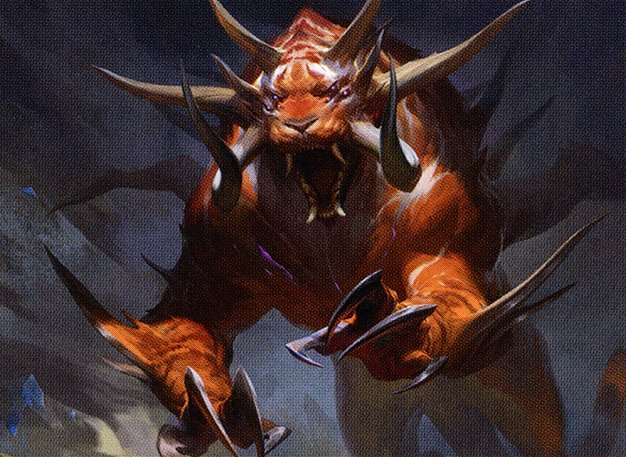
Snapdax, Apex of the Hunt
Generate multiple assassin tokens each turn and grow them with equipment and anthem effects to apply constant combat pressure and chip away at opponents' life totals while maintaining the monarch status for card advantage.
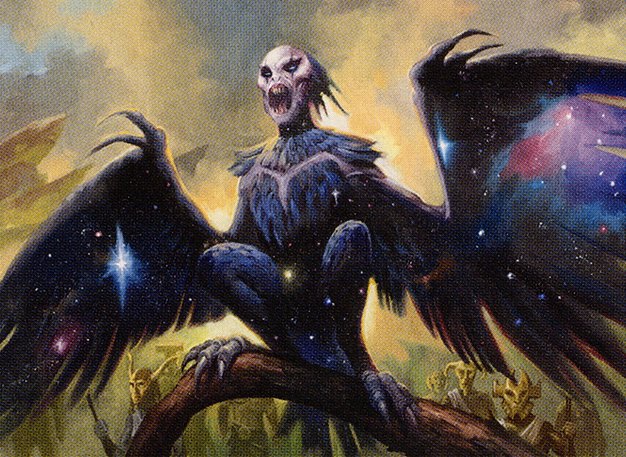
Aphemia, the Cacophony
Leverage enchantment-based synergies to produce zombie tokens and maintain card draw via Underworld Connections, ramp heavily through Cabal Coffers and Urborg, and utilize sacrifice and tutor effects to control the board and find key pieces.

Archangel Avacyn // Avacyn, the Purifier
Utilize flicker and blink effects to generate card advantage and protect key creatures, establish board control with defensive creatures, and leverage planeswalkers and anthem effects to outvalue opponents over the course of the game.
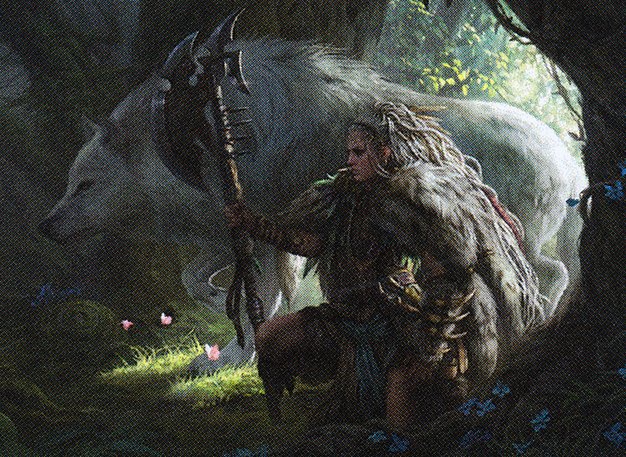
Neyith of the Dire Hunt
Ramp aggressively with lands and spells, use Neyith's ability to boost creatures temporarily for lethal combat steps, and close out games with large threats like Galta and Perforos, supported by spells that find and play important lands or creatures.
Gameplay Insights
- 1
Max consistently produced assassin tokens each upkeep and used equipment synergy to make those tokens formidable attackers while regaining the monarch token frequently to maintain card advantage.
- 2
Nick maximized Aphemia’s enchantment recursion ability by exiling enchantments from his graveyard to generate token creatures and leveraging Cabal Coffers and Urborg for explosive mana ramp, enabling high-impact plays like casting Ob Nixilis Reignited and Feast on the Fallen.
- 3
Martin used flicker effects to repeatedly trigger card draw and protective abilities from creatures like Charming Prince and Wall of Omens, creating a resilient board state and maintaining hand advantage.
- 4
The narrator utilized Neyith’s ability to double a creature’s power temporarily to push through damage, combined with ramp and big creatures, creating a threat that opponents needed to answer quickly.
- 5
Profane Procession was used strategically by Max to exile key creatures at end of turn, disrupting opponents' board states while maintaining pressure with tokens.
- 6
The interaction of multiple monarch passes showcased how control of card advantage was fiercely contested, influencing combat decisions and sequencing of attacks.
- 7
The use of enchantment destruction and recursion by Nick helped maintain board presence despite targeted removal from opponents, highlighting the resilience of enchantment-based strategies in this game.
Notable Cards
-
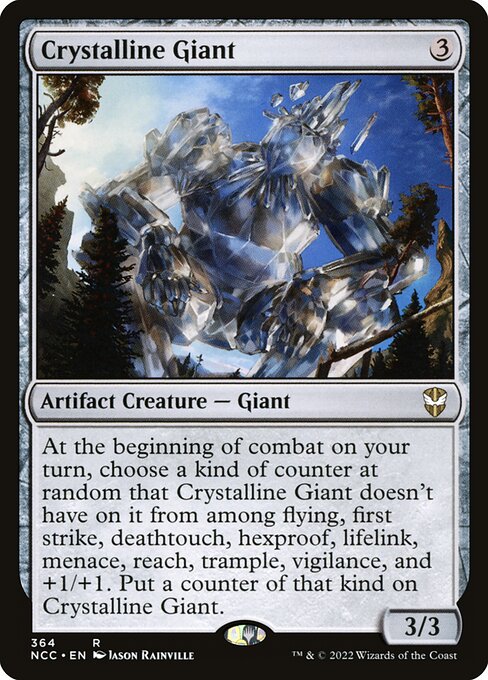
Crystalline Giant
-
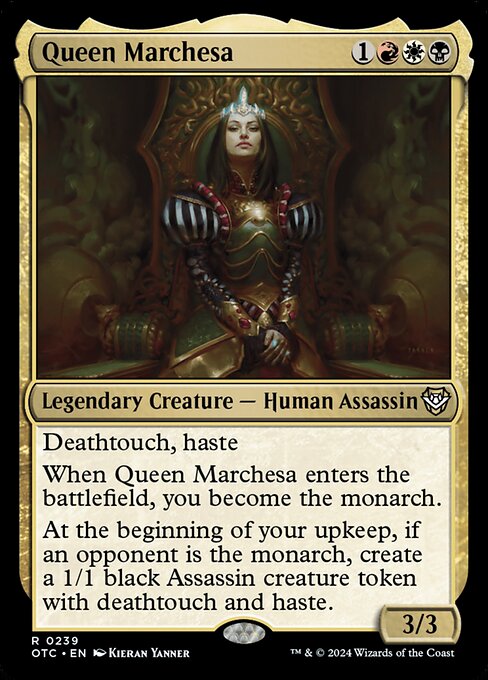
Queen Marchesa
-
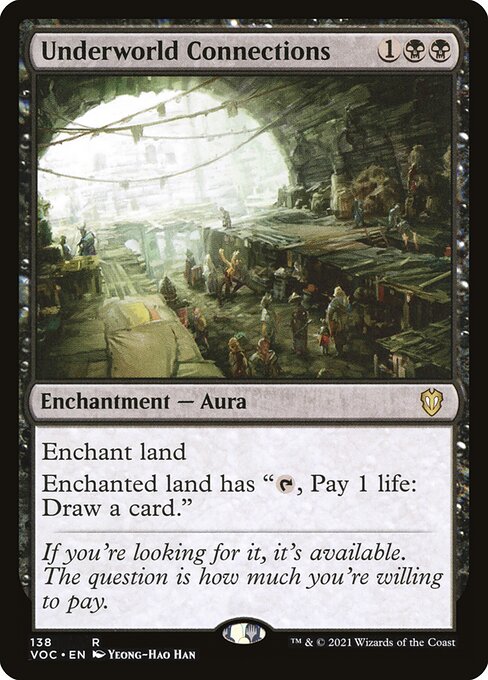
Underworld Connections
-

Mosswort Bridge
-

Wall of Omens
-
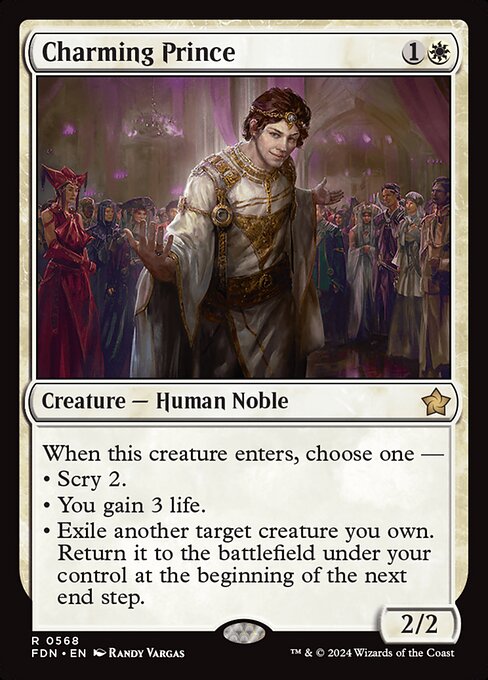
Charming Prince
-
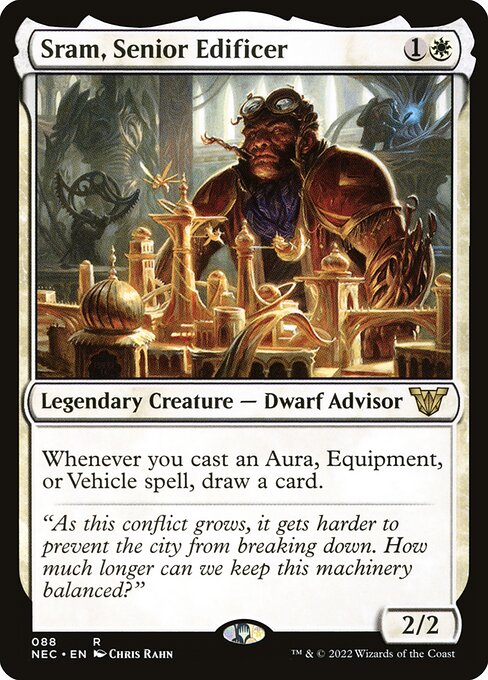
Sram, Senior Edificer
-
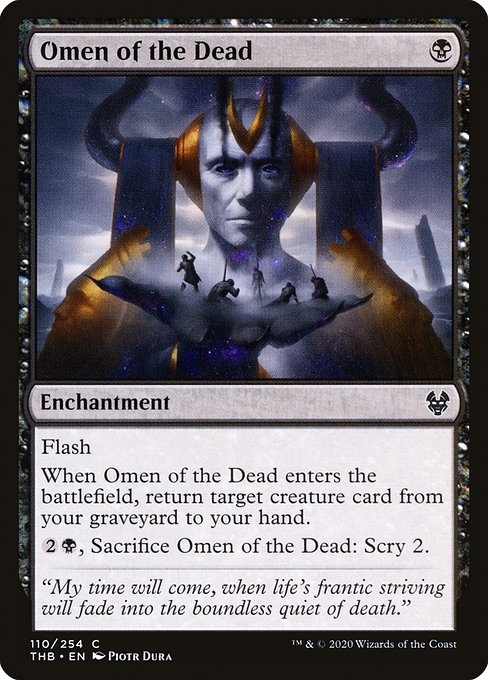
Omen of the Dead
-
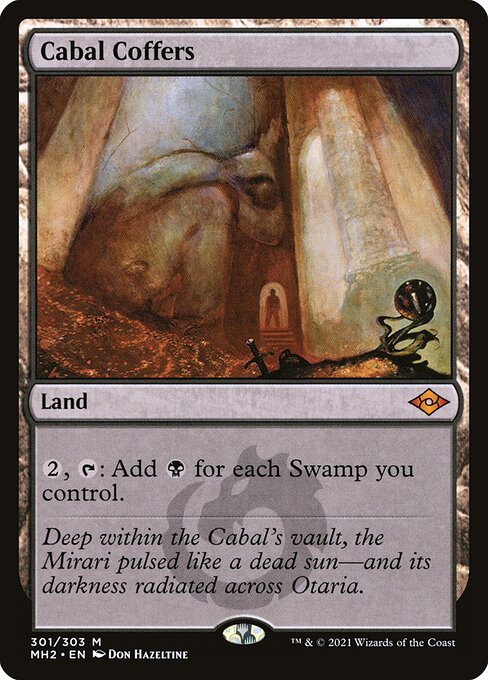
Cabal Coffers
-
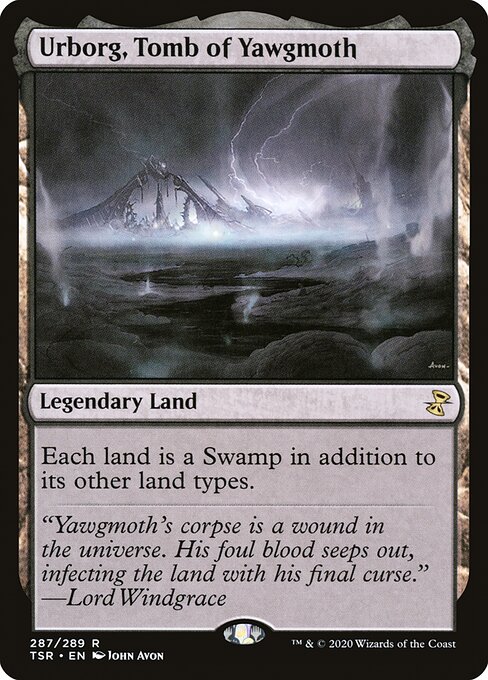
Urborg, Tomb of Yawgmoth
-
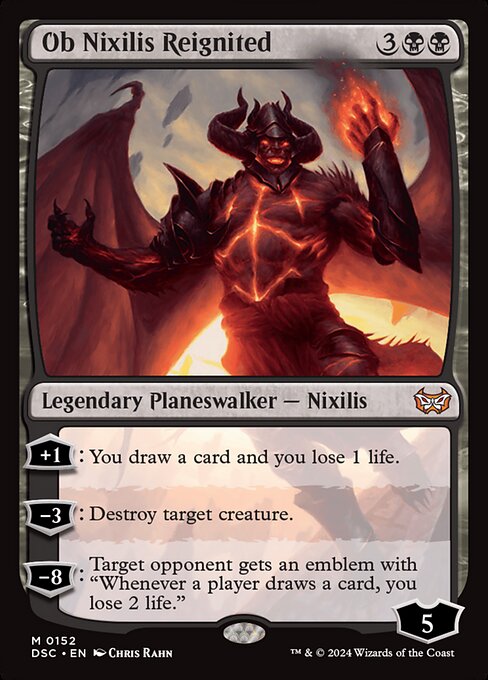
Ob Nixilis Reignited
-
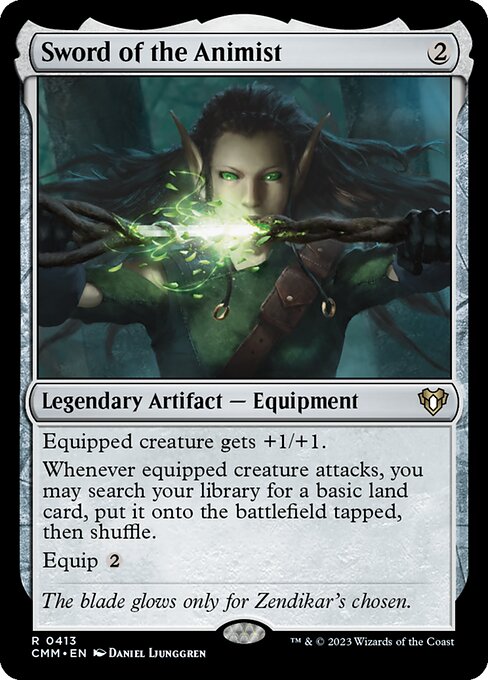
Sword of the Animist
-
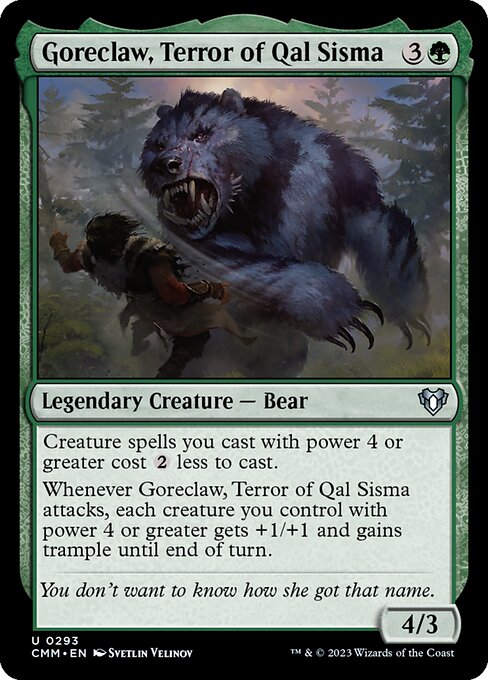
Goreclaw, Terror of Qal Sisma
-
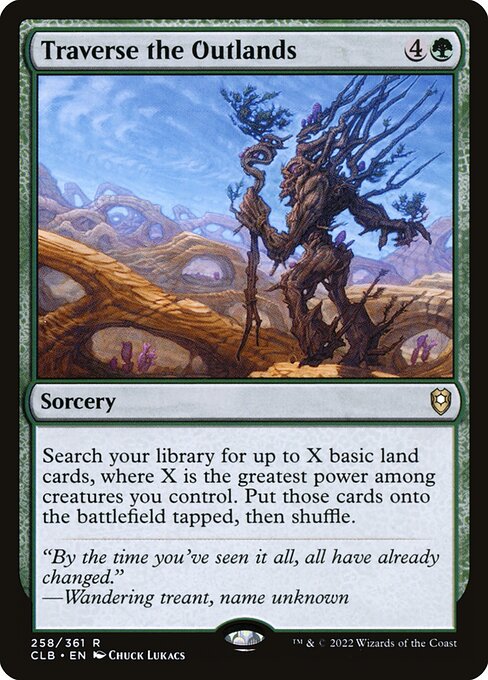
Traverse the Outlands
-
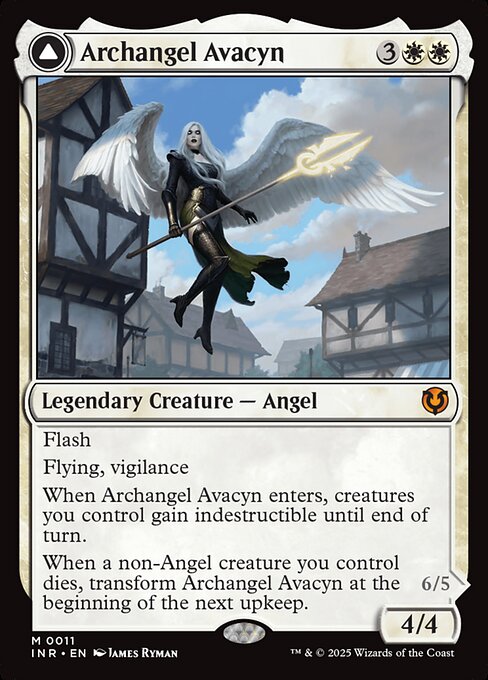
Archangel Avacyn // Avacyn, the Purifier
-
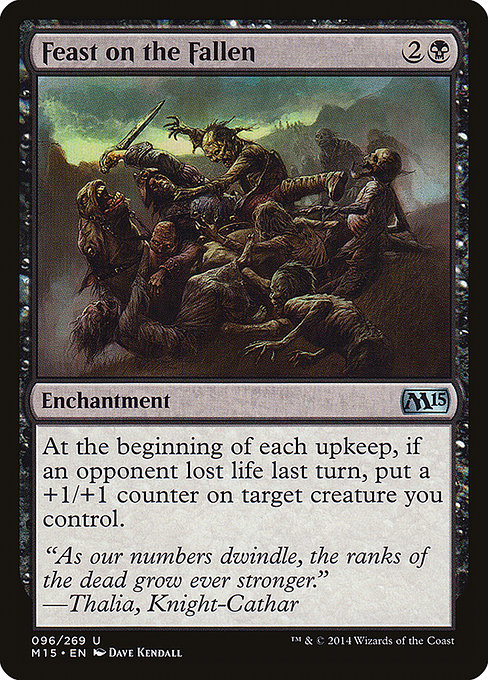
Feast on the Fallen
Gameplay Summary
The game began with early development from all players, featuring aggressive board presence and card advantage engines.
Max's Snapdax deck established a strong token and equipment synergy, producing assassin tokens and powering them up with Hammer of Nizan and Sword of the Animist to pressure opponents.
Nick's Aphemia deck focused on enchantment synergies, utilizing Underworld Connections for card draw and generating zombie tokens through Aphemia's triggered ability, alongside powerful ramp like Cabal Coffers and Urborg.
Martin's Archangel Avacyn deck played a flicker and blink strategy, using creatures like Charming Prince and Wall of Omens to draw cards and gain incremental value while holding back with defensive creatures and planeswalkers.
The narrator, playing Neyith of the Dire Hunt, ramped aggressively with lands and creatures like Arlen Cord and Perforos, aiming for big power plays with spells such as Traverse the Outlands and casting high-impact creatures like Galta and Niath of the Dire Hunt.



































